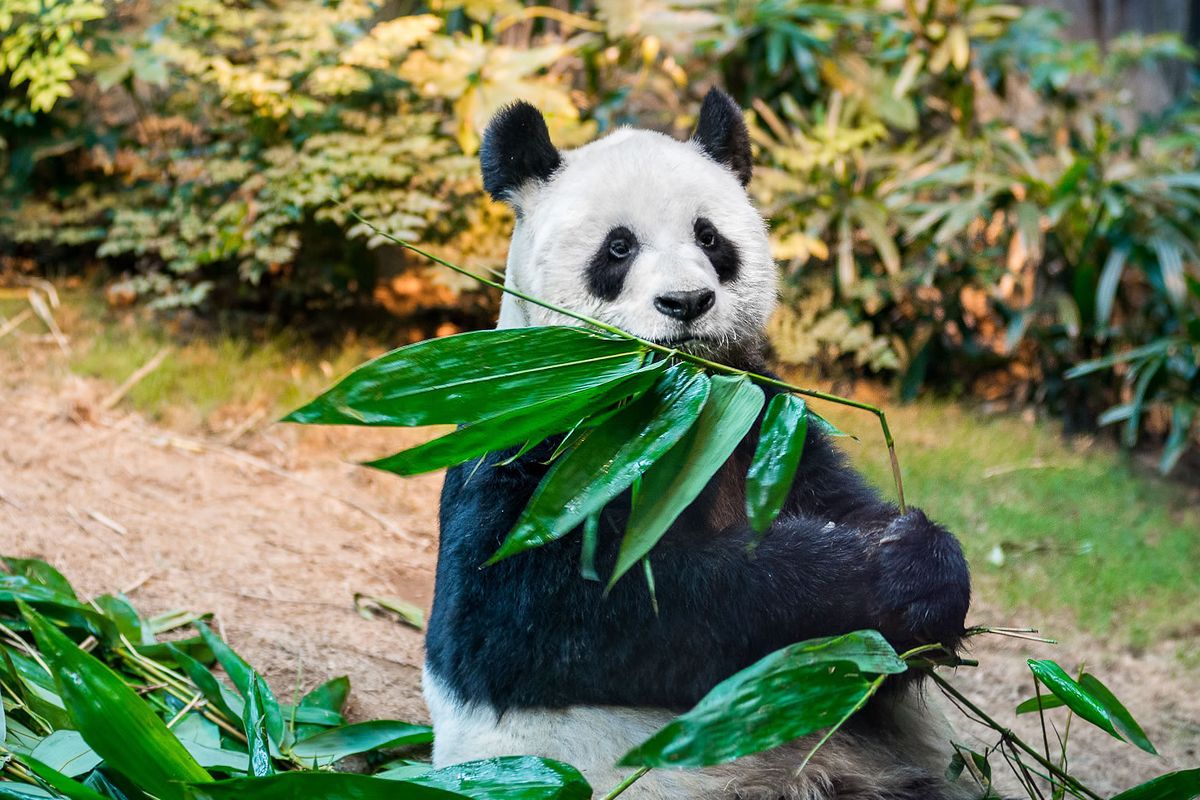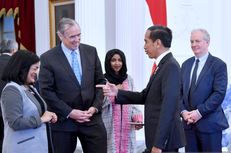
KOMPAS.com - Two giant panda bear cubs were born at a breeding center in southwestern China on Tuesday, Aug. 23, a further sign of progress for the country’s unofficial mascot and a once-endangered animal that can be notoriously difficult to encourage to reproduce.
The male and female cubs weighed 176.4 grams and 151.2 grams respectively, or 6.2 and 5.3 ounces. State media also showed a short video of the cubs.
Giant #panda Qin Qin gave birth to a pigeon pair of cubs at the Qinling Giant Panda Research Center in northwest China's Shaanxi Province on Tuesday. Both panda cubs are in good condition, with the brother weighing 176.4 grams and the younger sister weighing 151.2 grams. ???????? pic.twitter.com/haCX0T5Lpl
— China News ????? (@Echinanews) August 24, 2022
The Qinling Panda Research Center in Xi’an in Shaanxi province in northwestern China said that both were in good health.
The center said that the mother was a panda named Qin Qin, who gave birth to her second pair of twins. Qin Qin was born in the center, as China steps up its breeding programs in captivity to try to help rebuild panda populations in the wild.
The facility did not provide information on the father, but it has long been commonplace for captive breeding programs to try to use artificial insemination. Pandas are notoriously difficult to motivate to procreate.
Another pair of twin cubs were born at the facility earlier this month to a different mother Yong Yong.
Also read: China Begins to Ship Bullet Trains to Indonesia
From endangered to vulnerable as population starts to recover
Panda breeding programs and other efforts to protect what’s become something of an unofficial mascot for China have been bearing fruit in recent decades.
In the 1980s there were as few as 1,114 pandas in China. But a 2014 survey estimated that 1,864 were living in the wild. Another roughly 500 animals are alive in captivity around the world, most of them in China.
Although still threatened by habitat loss thanks to industry or agriculture, as well as developing new problems like climate change-driven wildfires and drought, pandas were therefore redefined as “vulnerable” rather than “endangered” by the International Union for Conversation of Nature in 2016.
Some captive-bred pandas have also been successfully released into the wild.
Also read: ASEAN, China Must Contribute to Regional Stability: Indonesian Minister
Chinese officials also said in 2021 that they no longer considered the animals endangered. China has taken a series of steps in the wild and in captivity designed to help the animals recover. This includes establishing the Giant Panda National Park, mainly in Sichuan province, designed to protect the animals’ habitat.
China also famously indulges in so-called “panda diplomacy,” loaning the rare and renowned animals to zoos or other suitable facilities around the world. Germany was awash with stories about this in 2017 when a pair of pandas relocated to Berlin zoo for an annual retainer of €1 million.
In 2019, twin cubs were born, the first pandas ever born in Germany. The two boys officially called Meng Xiang and Meng Yuan but nicknamed Pit and Paule started making public appearances last year. Once they no longer need their mother, they will return to China, assuming the terms of their parents’ original loan still stand.
Simak breaking news dan berita pilihan kami langsung di ponselmu. Pilih saluran andalanmu akses berita Kompas.com WhatsApp Channel : https://www.whatsapp.com/channel/0029VaFPbedBPzjZrk13HO3D. Pastikan kamu sudah install aplikasi WhatsApp ya.































